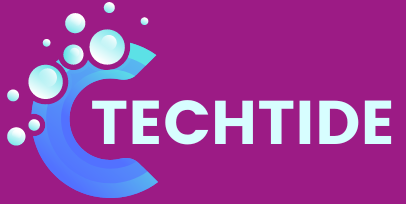Trump’s Data Purge: Unlocking the Secrets of a Sweeping Digital Crackdown

The Purge of Environmental Data: Trump Administration’s Assault on Science and Information
As the Trump administration continues to dismantle key environmental initiatives, a chilling wave of data purging has swept across federal agencies. The latest target: environmental and public health data. Key resources have already vanished from federal websites, and more could soon follow. But why is this happening, and what does it mean for the future of our planet?
The Purge Has Already Begun
Rumors spread like wildfire on social media about an impending purge at the Centers for Disease Control and Prevention (CDC), sparking urgent calls to save as much data as possible. And it’s not just the CDC. Other agencies, including the Environmental Protection Agency (EPA), are also under the scanner.
Catering to Political Agendas
The Trump administration’s motives are clear: to undo previous administrations’ efforts to address health disparities and climate change. In an executive order, Trump claimed that "diversity, equity, and inclusion" (DEI) has "corrupted" government institutions, while climate extremism has allegedly led to inflation and overregulated businesses. This is a thinly veiled attempt to erase decades of progress in addressing public health and environmental concerns.
Data: The Lifeblood of Science and Information
Researchers, geographers, and statisticians have long known the importance of data in informing policy decisions. The CDC’s Social Vulnerability Index (SVI) and Environmental Justice Index (EJI) are crucial tools in identifying communities most at risk from environmental hazards and health disparities. Now, these indices have been taken offline, and it’s unclear when they might be available again.
The Grave Consequences of Data Purging
Aging datasets can be misleading, as they may not reflect current circumstances. This can have severe consequences, especially in crisis situations like public health outbreaks or environmental disasters. "Any dataset has a lifespan of utility," says Dan Pisut, senior principal engineer at Esri. "It’s better to have something than nothing, but it’s still risky." The loss of reliable data can lead to misinformed decisions, making it even harder to address pressing health and environmental issues.
A Call to Action: Archiving and Preserving Data
Fortunately, researchers have been archiving government websites for months. The End of Term Web Archive has saved content from every presidential transition since 2008, while initiatives like the Environmental Data and Governance Initiative (EDGI) and the Public Environmental Data Project (PEDP) work to make archived data available. By backing up critical datasets and making them accessible, we can ensure that valuable information is preserved for future generations.
Stay Informed, Stay Vigilant
As the Trump administration’s data purge continues, it’s crucial to stay informed about the latest developments. Follow reliable sources, and continue to demand transparency and accountability from our elected officials. Remember: knowledge is power, and data is the lifeblood of science and information. Let’s join forces to protect our planet and its inhabitants by preserving this vital resource.
Updates
February 1st: This article has been updated with information about data.cdc.gov going offline.
February 5th: Data.cdc.gov is now back online with a notice stating that the CDC’s website is being modified to comply with President Trump’s Executive Orders.
This article has also been updated to include groups that backed up data from the CDC’s Social Vulnerability Index and Environmental Justice Index.






